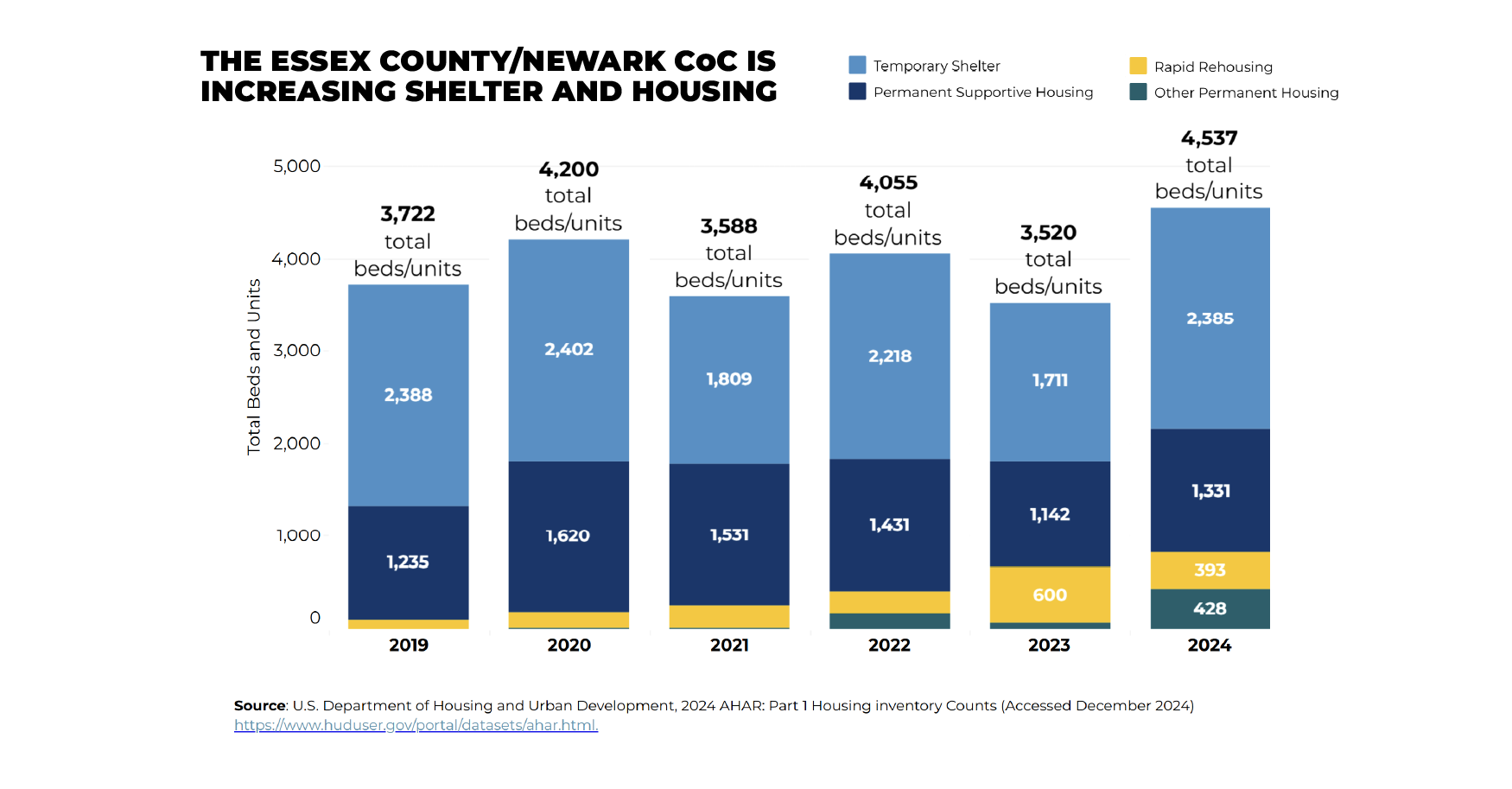Federal homelessness data reveals that most Black, Indigenous, and People of Color (BIPOC) groups in the United States continue to experience sheltered homelessness disproportionately to their share of the overall U.S. population.
According to the U.S. Department of Housing and Urban Development’s 2021 Annual Homelessness Assessment Report to Congress (Part 2), people who identify as Black and African-American people continue to comprise the largest BIPOC group experiencing sheltered homelessness, representing 12 percent of the total U.S. population, but 37 percent of people experiencing sheltered homelessness.
However, the data indicate even greater disproportionality among smaller racial groups. This includes an increase among Native Hawaiians and Pacific Islanders, which now represent 0.3 percent of the U.S. population but 1.8 percent of the sheltered homeless population, a six-fold disparity. Similarly, American Indian/Alaska Natives represent 1.3 percent of U.S. population but 3.4 percent of the sheltered homeless population. Meanwhile, a significant increase in homelessness among people identifying as Hispanic or Latino is driving greater disproportionality among this group, which comprises 19 percent of the U.S. population, but 24 percent of the sheltered homeless population.
These findings reinforce the urgency for homeless systems across the nation to intentionally identify disparities within their own systems, including a lack of culturally responsive outreach and services to the people they serve, and uneven outcomes among people of different races and ethnicities. This data further underscores the need for upstream systems to more effectively identify and serve vulnerable BIPOC populations before they are at risk of becoming homeless.
View more data on racial disparities in the Alliance’s State of Homelessness Report.
Stay Updated: Solutions, Stories, and Ways to Make an Impact
Sign up to receive updates on the Alliance’s work, including the latest research, advocacy efforts, and real stories of progress — plus ways you can help drive lasting change.












